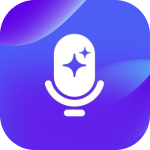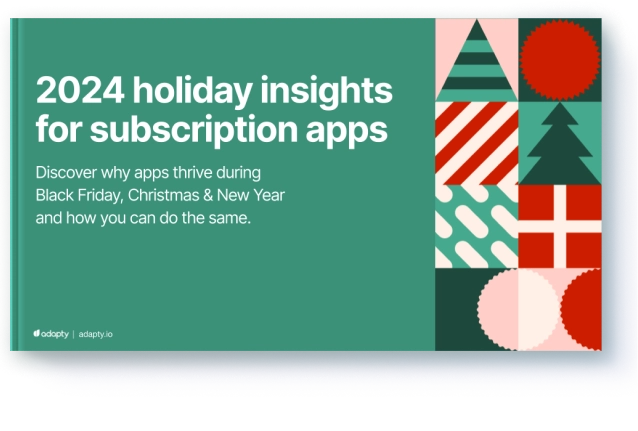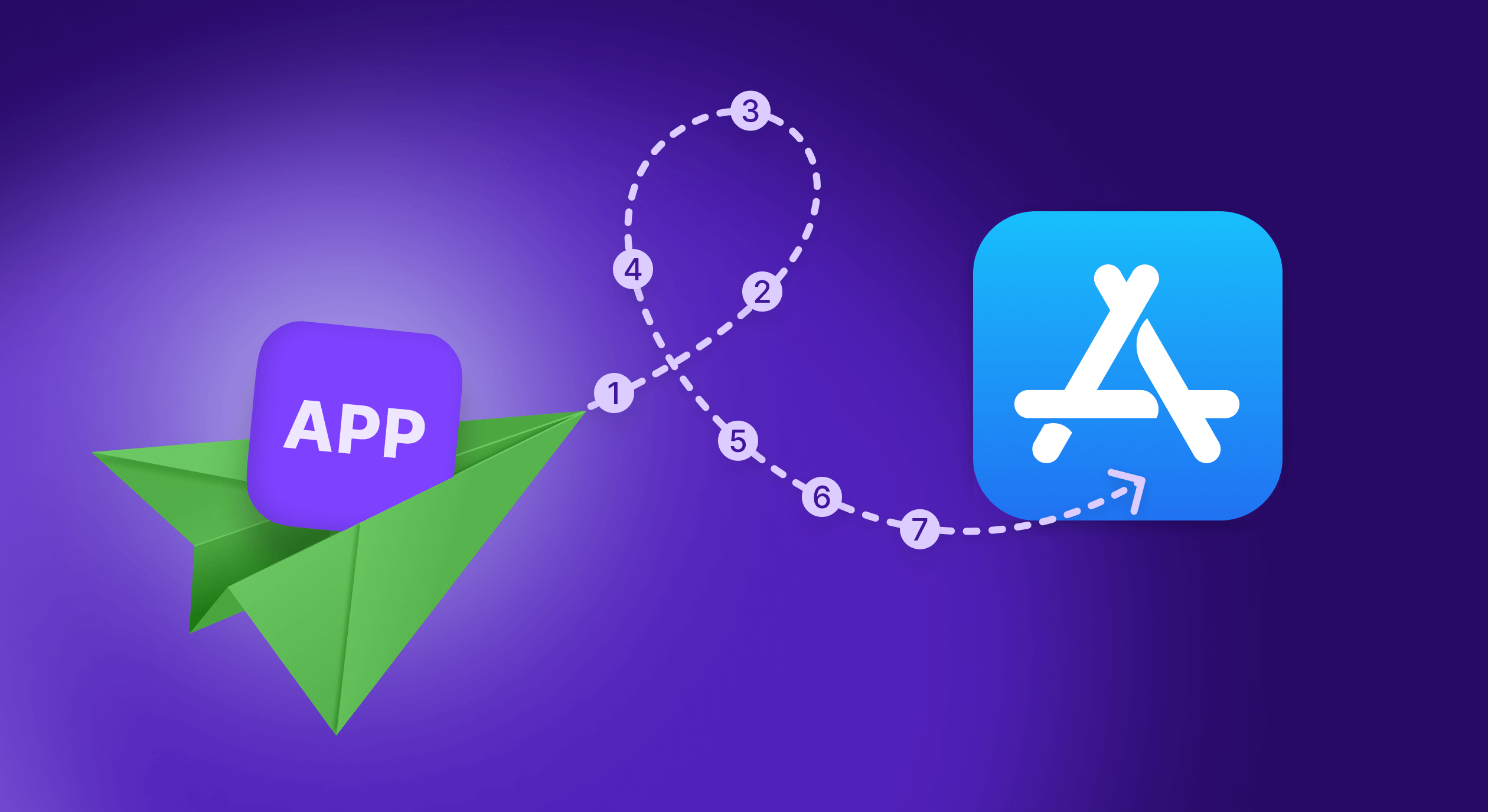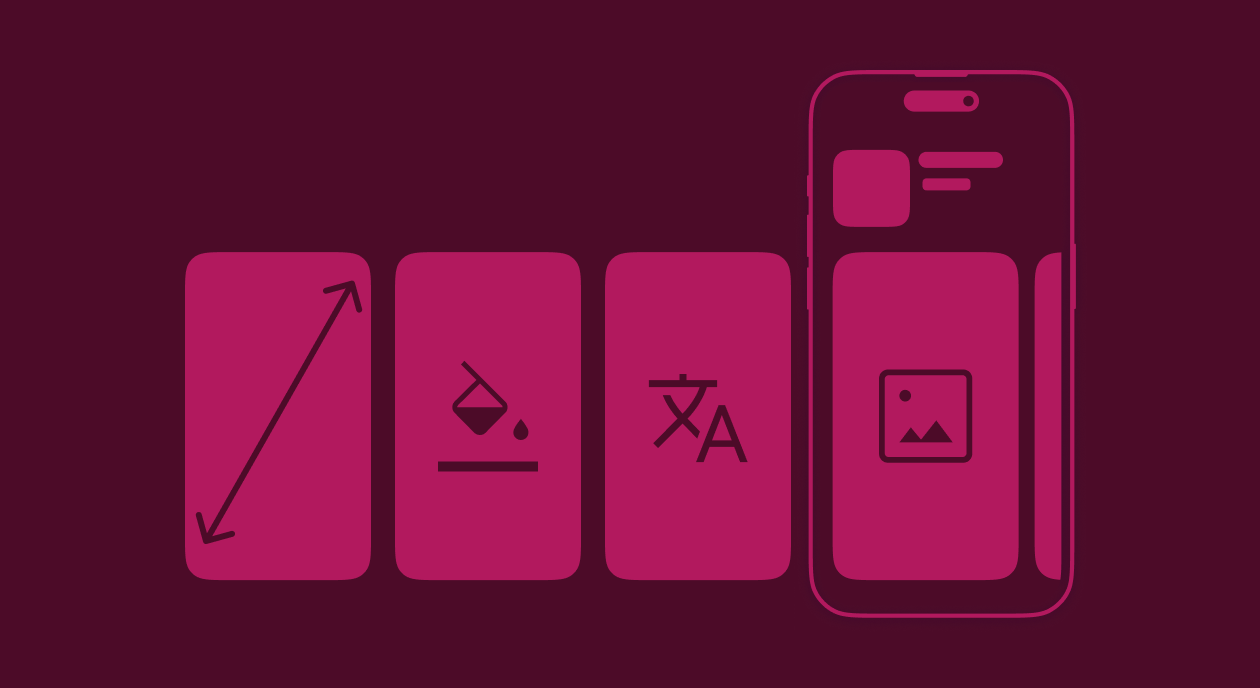How do free apps make money?
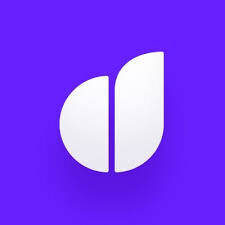
December 2, 2024
20 min read
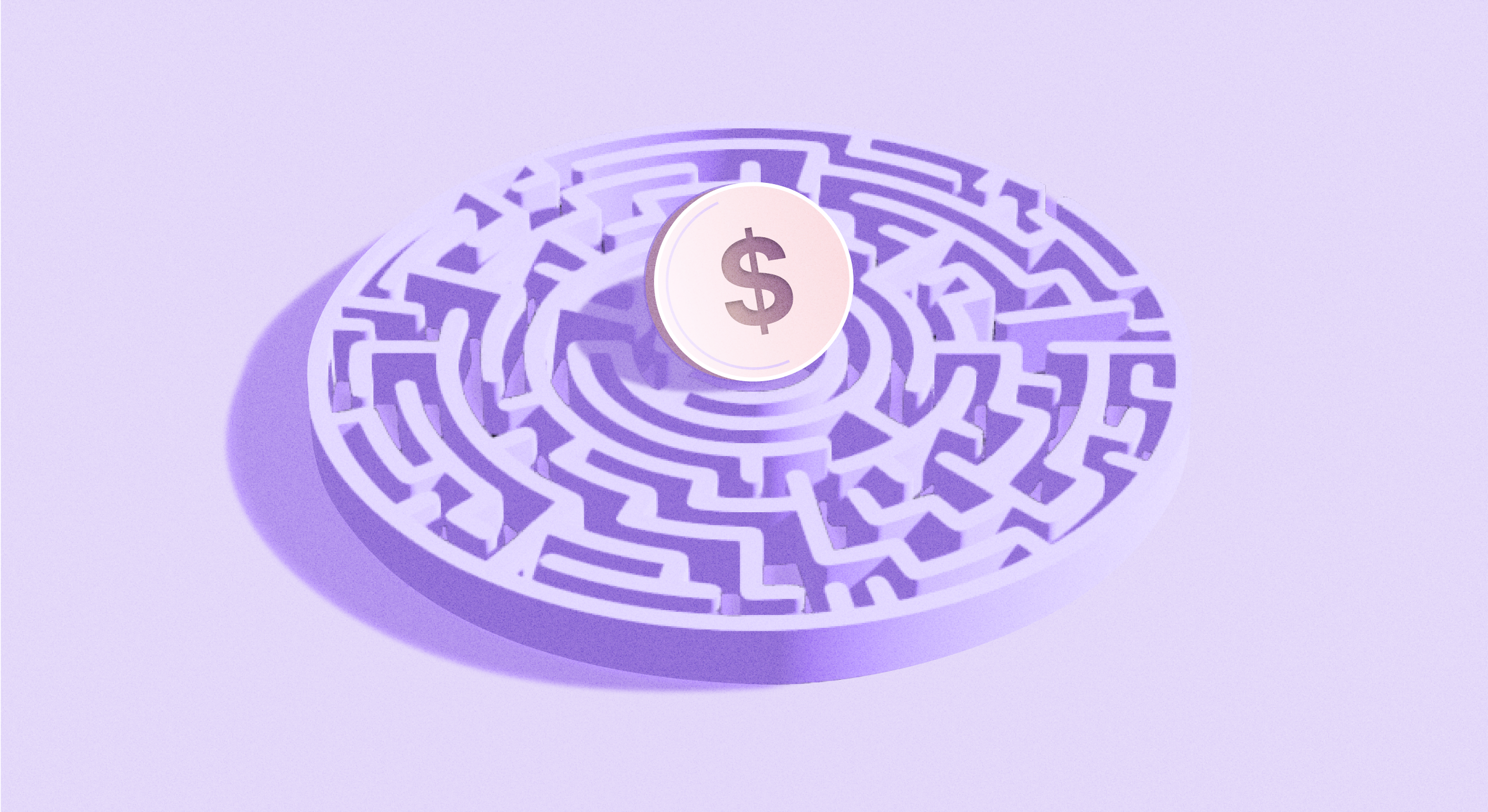
If free apps don’t charge users, how do they make money? Well, while the core features of these apps are free, many offer premium experiences for fees. That’s how they monetize.
Free apps also bring in revenue from other players—advertisers, brands, affiliates, sponsors, or even donors. On top of that, free apps also use data monetization to make revenue.
Monetizing free apps is all about balancing user value with revenue generation to ensure they evolve into a sustainable business. So, let’s break down how free apps make money—with examples of apps that do it well. But before that, here’s a quick overview of the three kinds of apps you’ll find in the app stores.
Here goes.
The marketplace: Free apps vs. freemium apps vs. paid apps market
According to Statista, as of October 2024, nearly 97% of apps in the Google Play Store are free, while 95.27% of apps in the App Store are also free. This means that free apps make the majority on both the app stores, and that less than 5% of apps on both stores are paid. Note that app stores don’t have separate categories for free and freemium apps, but they are different.
Free apps
These apps deliver exactly what they promise in their descriptions, with no charges—either at the time of download or afterward.
Freemium apps
Like free apps, freemium apps, too, are free to download. But freemium apps also carry premium features, functionalities, or content that users need to pay to access. These apps offer users something valuable for free while giving them the option to pay for more. Common monetization strategies include in-app purchases and in-app advertising.
Paid apps
Paid apps are the simplest model in some ways—you pay a flat fee upfront to download the app or sign up for a subscription, and that’s it. There are no ads, no upgrades, and you get access to everything the app has to offer from the get-go. While this model has fewer opportunities to scale compared to free or freemium apps, it can be a good choice for apps that offer high value or niche functionality that users are willing to pay for upfront.
Are free apps the same as freemium apps?
No and yes.
Ideally, a free app should never require you to pay for anything because, well, it’s a “free” app.
With such apps, you don’t or shouldn’t:
- Hit any paywalls.
- Have to make any in-app purchases to access anything inside the app.
- Get bombarded with ads pushing you to the paid version.
These apps are free in the true sense.
And as you can tell, these are different from freemium apps. With freemium apps, you usually get the base features for free, but certain premium features, ad-free app experiences, or content are locked behind a paywall.
That said, freemium apps are still technically free. In that sense, freemium apps aren’t that different from free apps. For this article, we’re going to treat freemium apps as free apps! As noted above, even app stores don’t separate free and freemium apps into different categories.
With that out of the way, let’s see how free or freemium apps make money before seeing the actual monetization strategies in detail.
Zooming in on the free app model: How do free apps make money
The core idea behind the free app model is to offer the app at no cost to users, focusing on building a large user base quickly.
And then once the app gains traction and a solid user base, monetization happens through methods like advertising, affiliate marketing, or in-app purchases.
Here are some common monetization strategies that free apps use:
- Paid upgrades: Offering premium features or removing limitations for a one-time fee or subscription.
- Advertisements: Displaying ads to users, with revenue coming from advertisers.
- Affiliate marketing: Monetizing through affiliate commissions.
- Sponsorships: Collaborating with other companies to promote products or services.
- Donations: Receiving financial support from sponsors or donors.
- Data monetization: Selling user data (though this approach often raises privacy concerns).
Most free apps combine several of these strategies to maximize revenue.
How do free apps make money: The top free app monetization strategies
Let’s now explore how free apps make money through these monetization strategies in more detail.
In-app purchases
This is when users download a basic free app but can buy extra features, content, or virtual goods from within the app. While the core app is free, users can enhance their experience with these additional purchases. In-app purchases can range from anything from new levels or extra lives in a game to premium filters in a photo app.
As such, you’ve two types of in-app purchases that offer different monetization opportunities:
- Consumables: These are items that can be used up within the app, such as in-game currency, extra lives, or boosts. The strength of this model lies in its ability to drive repeat purchases, as users need to buy these items frequently. The downside, though, is that this can lead to user fatigue if the purchases feel like a constant requirement to enjoy the app.
- Non-consumables: These items are permanent upgrades, such as unlocking a new feature, level, or exclusive content. Non-consumables provide a more stable revenue stream because users only need to purchase them once. However, the monetization potential is lower compared to consumables, as the revenue from these items is typically a one-time payment per user.
Creating a seamless value ladder is the best way to maximize in-app purchases in free apps. Here, you start by offering free features that genuinely solve a problem or deliver value and then introduce premium options as natural extensions to enhance the experience.
Imagine a lifestyle app designed for fitness and wellness enthusiasts. Here’s how your value ladder could work here:
Free tier (entry-level value):
You start by offering an app that offers basic features like workout tracking, a few guided meditation sessions, and a water intake tracker. These tools are enough to help your users build healthy habits and see initial results.
Mid-tier premium experiences (first step up):
Once users are engaged, you can offer them premium features such as personalized workout plans, exclusive meditation sessions, and progress reports with advanced analytics. For example, after completing five workouts, you can assume that the user is engaged and introduce consumables like:
- Workout boosters: One-time purchases for exclusive workout challenges (e.g., “Unlock a 7-day fitness challenge for $1.99.”)
- Meal plans: Weekly personalized meal plans for $3.99 each.
These purchases don’t require long-term commitment but add immediate value, encouraging users to spend casually. - Subscription plans: You could also pitch an accessible subscription plan here: “Great progress! Want to unlock a tailored workout plan to hit your goals faster? Go premium for just $4.99/month.“
High-tier premium experiences (top of the ladder):
To committed users, you could then upsell access to your entire wellness app through a simple subscription plan. For example, to users who hit key milestones (like completing a 30-day streak), you could pitch something like: “You’ve crushed your fitness goals—let’s take it to the next level! Unlock personalized workouts, guided meditations, live classes, and more for $9.99/month.”
By mixing consumables (quick, low-cost buys) with non-consumables and subscription options, you can cater to casual users while creating opportunities for recurring revenue from power users. You get the drift.
Here’s Moonly app offering a mix of in-app purchases (including one-time non-consumables and subscriptions!):

Paid subscriptions
While technically a form of in-app purchase, paid subscriptions deserve special mention. Subscriptions allow users to access premium versions for their apps for a recurring fee, often on a monthly, quarterly, or yearly basis.
One of the key strengths of the subscription model is its potential for steady, long-term growth. Since users pay regularly, it’s easy to forecast revenue and reinvest in app improvements, new features, or customer support.
Subscriptions also foster customer loyalty, as users are more likely to engage with the app because they’re regularly paying for it. Higher customer loyalty often leads to a higher customer lifetime value (CLV), as users continue to pay for the app over an extended period.
However, while subscriptions offer great potential for revenue, user retention is a significant challenge. High user churn—when users cancel their subscriptions—is a common issue. This requires focusing on continuous value delivery, ensuring that the subscription’s benefits are clear and compelling enough to stay onboard.
With its potential for ongoing revenue and user loyalty, the subscription model is now a core part of the monetization strategy in almost every app category from fitness, productivity, and lifestyle to education and eCommerce.
Let’s return to our lifestyle app example. So if this app were to work with subscription in-app purchases exclusively, again, the value ladder method would work well for it.
However, your conversion strategies would look different:
- Free trials: Here, you might offer a 7-day free trial of your premium plans to let users experience your entire app. Trials are one of key reasons freemium app users upgrade.
- Offers: You could also offer offers, like “Upgrade to Premium today and save 20% on your first 3 months!” Offers are one of the top ten reasons that freemium users buy premium plans.
- Seasonal marketing: You could also introduce seasonal or time-limited premium features, such as a “30-Day New Year fitness challenge” or “Summer shape-up program.” These create urgency and show your users what they’re missing out on: “This exclusive program is available only in Premium—join now!” Also, throw in an offer to make your message more compelling. Read more about seasonal marketing here. By the way, we’ve just released our 2024 holiday insights for subscription apps— download it here.
In-app advertising
In-app advertising is one of the most popular monetization strategies for free apps. Instead of charging users directly, app developers display ads within the app, earning revenue based on user interactions with the ads (views/clicks). In-app advertising is the leading mobile app monetization method, generating two-thirds of the global mobile app revenue.
Many things work for in-app advertising. For example, users get to enjoy an app’s core features without any financial commitment. Also, as the user base grows, the number of ad interactions increases, leading to more revenue opportunities. This model scales well with app growth, making it a long-term strategy for many apps.
If our lifestyle app were to use in-app advertising, our focus would shift to let users enjoy the core features for free while being exposed to ads. Ads could look like these in this case:
- Interstitial ads: Full-screen ads that appear between transitions, such as after a workout or before a new session.
- Banner ads: Small ads displayed at the top or bottom of the screen while users interact with the app.
- Rewarded ads: Optional ads users could watch to unlock rewards, like additional workouts, live sessions, or premium content.
The key here is to make the ads feel less intrusive by aligning them with the user experience and even offering rewards for engagement.
Affiliate marketing
Affiliate marketing is another way free apps monetize. Here, apps partner with other businesses to promote their products or services. If a user clicks on an affiliate link and makes a purchase, the app earns a commission.
This is a win-win situation—users get recommendations and app developers earn a cut of the sales.
While this is a low-effort revenue stream without having to directly sell products, it’s not without its challenges. This method relies on users clicking and making purchases through affiliate links, which can be unpredictable. Besides, tracking can be challenging too. Such an app also needs to “earn” the trust of its user base so its recommendations aren’t seen as ads.
For our lifestyle app example with affiliate marketing alone, our app would need to provide free access to features like workout tracking, basic fitness plans, and habit trackers while integrating affiliate links for relevant products and services. For example, users following and tracking yoga sessions could be pitched products like a yoga mat or blocks via affiliate links. We could pitch anything from apparel and supplements to equipment here. The key would lie in matching products with user behavior.
Sponsorships
Sponsorships also work well to monetize free apps. Many aspects make this monetization model effective. For instance, sponsorships are non-intrusive and can seamlessly integrate into the app experience without irritating users, as traditional ads often do. They can be implemented in various ways—such as branding app sections, hosting sponsored challenges, or featuring product placements—offering flexibility in monetization strategies. Additionally, partnerships with well-known brands can enhance an app’s credibility while providing users with added value, like exclusive offers.
However, this model is also not without its challenges. The biggest one is that revenue ties directly to securing sponsorships, which may not be consistent or guaranteed, especially for smaller apps with less reach.
If our free lifestyle app were to use sponsorships to monetize, we could go with these options:
- Free features with sponsored content: For example, “Join XYZ brand’s 30-day fitness challenge!”
- In-app branding: Includes branded workout routines, challenges, or product placements.
- Sponsored app sections: For instance, “This app experience is powered by Sponsor X.
User data monetization
Here, free apps collect valuable data on how users interact with them, such as data on the features they use most frequently, how often they engage with content, their preferences, location, and even their behavior patterns.
This data is then aggregated and sold to third-party companies looking to better understand user behavior, target specific demographics, and optimize their marketing strategies.
The primary strength of this model lies in its ability to generate revenue without directly charging users for the app itself. By selling anonymized or aggregated data, app developers can monetize user activity while keeping the core experience free.
However, this comes with significant legal and ethical challenges. Privacy concerns are at the forefront, as users must trust that their data is being handled securely and anonymously. This means clearly explaining in the privacy policy what data is being collected, how it’s being used, and how it’s protected. Also, it’s essential for users to have control over their data—such as the option to opt-out of data collection or delete their information from the app if they choose to stop using it. Ethical considerations also play a significant role in data monetization. Developers should ensure that they collect only the necessary data, avoiding excessive or intrusive tracking that could be seen as a breach of privacy.
The key to using this monetization strategy successfully lies in striking a balance between monetizing data and respecting user privacy (all while staying on the right side of law).
Let’s return to our freemium lifestyle app example. If this app were to use data monetization, here’s how it could play out:
- Using free features to collect data:
As users would engage with the app—with features like workout tracking, fitness plans, or habit tracking, for example—the app could collect non-identifiable data such as workout preferences, activity trends, and health goals. - Aggregating insights for partners:
The app would then monetize this data by selling anonymized, aggregated insights to fitness brands, wellness companies, or market research firms. - Offering better user value (through personalizations):
Since this app tracks a lot of data, it would help to use it to improve the user experience too, offering personalized recommendations for workouts, goals, or features, increasing engagement and retention. This also would work as an incentive for sharing data for the users.
Donations
Yet another way free apps make money is through donations. Donation models typically work best in apps that serve specific niches. For example:
- Non-profit or social-good apps, for example, can be a natural fit, as users may feel compelled to support causes they care about, such as mental health or environmental issues.
- Creative apps, like those centered on independent journalism, music, or art, may also appeal to users who want to support the creators behind the platform.
- Additionally, freemium apps or content-heavy platforms, such as educational apps or online learning resources, can attract donations from users who appreciate having access to free services and want to help keep them available.
Here’s how “How We Feel”— a really free app— monetizes using donations:
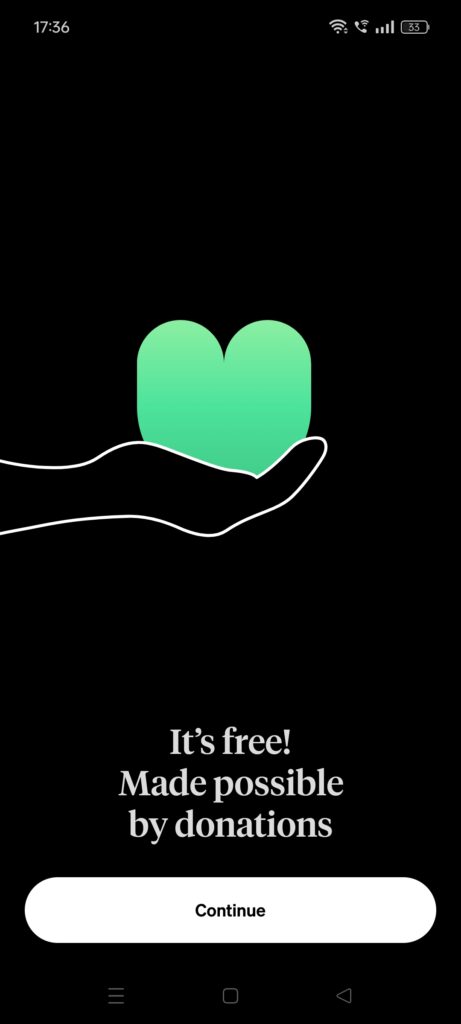
2024 subscription benchmarks and insights
Get your free copy of our latest subscription report to stay ahead in 2024.
Wrapping it up…
So that’s how free apps make money! As you just saw, it’s absolutely possible to generate revenue, even from apps that are completely free to download and use.
Whether it’s through in-app advertising, sponsorships, affiliate marketing, donations, or even data monetization, there’s no shortage of ways to build a sustainable business while keeping your app free for users.
The trick is to strike the right balance—delivering value to your users while tapping into revenue streams that make sense for your app and audience. With the right approach, you can grow your app, keep users happy, and turn “free” into a thriving business model. Also, do check out how Adapty can help you add in-app purchases to your free app so you can start monetizing within hours!
Recommended posts


